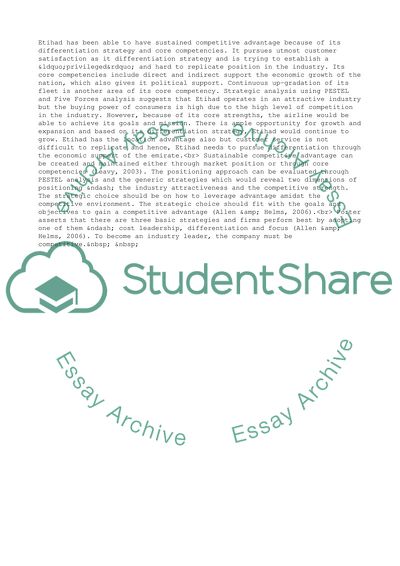Cite this document
(The Business Level and the Functional Level Strategy Adopted by Etihad Research Paper, n.d.)
The Business Level and the Functional Level Strategy Adopted by Etihad Research Paper. Retrieved from https://studentshare.org/business/1571821-business-strategy
The Business Level and the Functional Level Strategy Adopted by Etihad Research Paper. Retrieved from https://studentshare.org/business/1571821-business-strategy
(The Business Level and the Functional Level Strategy Adopted by Etihad Research Paper)
The Business Level and the Functional Level Strategy Adopted by Etihad Research Paper. https://studentshare.org/business/1571821-business-strategy.
The Business Level and the Functional Level Strategy Adopted by Etihad Research Paper. https://studentshare.org/business/1571821-business-strategy.
“The Business Level and the Functional Level Strategy Adopted by Etihad Research Paper”, n.d. https://studentshare.org/business/1571821-business-strategy.


